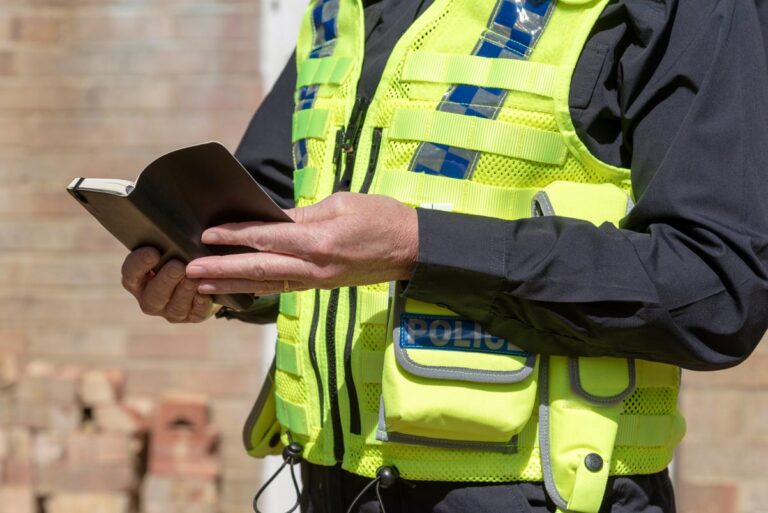Whether you’re cooking a meal, knitting a sweater, building a car or designing a shopping centre, it’s good to know that what you’re doing will be appreciated by the person or people you’re doing it for. All creative people like to know that what they produce will be viewed with pleasure by somebody.
by Cathy Lewis-Dobson, Head of E-learning Development at Me Learning
Scriptwriting is much the same. The scriptwriting team at Me Learning consists of people who live to get across each fact in an engaging manner, with all the commas in the right places, and the layout on screen as pleasing to the eye as possible, and, of course, it all has to be interesting, correct, and able to draw the learner in so that they want to move on and learn more.
Which courses are the best to write?
The best courses to write are the ones that have been specially requested. The customer knows what they want to say, and what they want the learners to learn, but they don’t know how to say it. The scriptwriter takes their material, often long paragraphs of dry text, and turns it into a colourful set of screens with plenty for the learner to do.
How do you design the perfect e-learning course?
We are mindful of the different learning styles. It’s easy to address the needs of a person who prefers to learn by reading – we can put plenty of text on the screen. Those who like to listen are also well served by the audio and videos that we include. Visual learners have pictures and charts to back up the text. For those who prefer to learn using movement – the kinaesthetic learners – we have to provide more than just a ‘click to move on’, and so we have plenty for them to do within the admittedly strict confines of screen based learning, such as building jigsaws to see more information, dragging sliders along bars, and spinning images to get to the next nugget of information.
What’s the value of a case study?
We bring the learning to life by using scenarios that reflect real life so that the material is put into a context that the learner will recognise and understand. Instead of simply presenting the facts we wrap them up in a story to make them more interesting and memorable. Then, to make sure the story was understood, we’ll ask a question to test the learner’s new knowledge. All of this is backed up with relevant images and graphics designed to focus the learner on the key items.
Creating a course like this is an interactive process; the customer is involved at every step of the way, checking that we understand what they want, clarifying when we get it wrong, ensuring that the language we use suits their learners, and getting first sight of the finished product so that they can make sure it’s been polished to perfection. And then it’s over to the learners who, we hope, will view this finished product with pleasure.
For more information on the wide selection of e-learning courses available click here.
